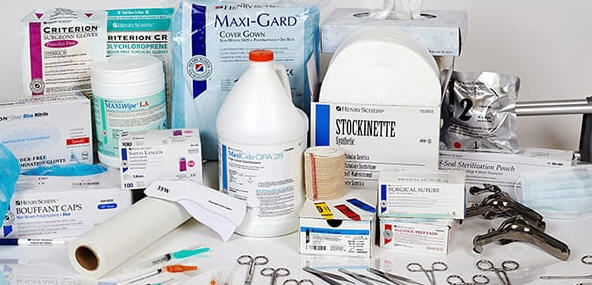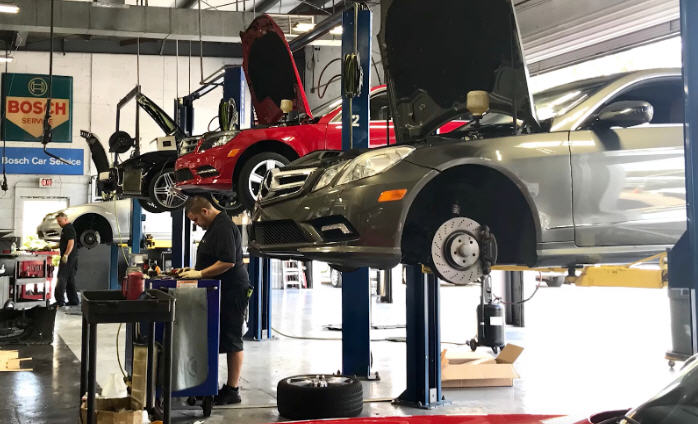
Key Performance Indicator (KPI) for Moving Company
To name a few:
KPIs for moving companies (residential, commercial, long-distance, local) will affect some priorities, choose the KPIs most relevant to your niche.
Operational KPIs
- Jobs Completed per Time Period: Number of moving jobs successfully completed within a given time frame (day, week, month). Primary metric of workload.
- On-Time Completion Rate: Percentage of moves completed on or before the scheduled date and time.
- Damage Rate: Percentage of moves resulting in damaged belongings. Minimize this to maintain reputation and avoid costs.
- Truck/Vehicle Utilization: Percentage of time your moving trucks or vehicles are in use and generating revenue. Maximize utilization.
- Fuel Efficiency: Track fuel costs per mile or per move. Good fuel efficiency reduces operating costs.
Customer-Focused KPIs
- Customer Satisfaction Surveys (CSAT): Measure satisfaction with the moving process, crew professionalism, pricing, communication, etc.
- Net Promoter Score (NPS): Tracks the likelihood of a customer recommending your moving services. High NPS reflects satisfied customers.
- Repeat Business: Percentage of customers who use your services multiple times. Builds a loyal client base.
- Online Reviews: Monitor reviews on platforms like Google, Yelp, or industry-specific sites. Understand how customers perceive your business.
- Claims Rate: Track the number of claims filed by customers for lost or damaged items. Impacts both costs and reputation.
Sales & Revenue KPIs
- Revenue Growth: Are your sales expanding or contracting over time? Track the health of your business.
- Average Revenue per Move: Helps understand the profitability of your services.
- Lead Conversion Rate: Percentage of inquiries or estimates that turn into actual moving jobs. Tracks sales process effectiveness.
- Sales by Service Type: Analyze revenue generated by different types of moves (residential, commercial, long-distance, etc.). Helps you focus efforts.
Financial KPIs
- Gross Profit Margin: Percentage of revenue remaining after direct costs of the move (labor, fuel, truck expenses) are accounted for.
- Net Profit Margin: Percentage of revenue remaining after all expenses are accounted for. Measures overall profitability.
- Overhead Costs: Track indirect operating expenses. These impact your overall profitability.
Additional Considerations
- Seasonality KPIs: Track how revenue and demand fluctuate throughout the year due to moving season peaks and valleys. Plan accordingly!
- Lead Sources: Track where leads come from (website, referrals, etc.), to optimize your marketing spend.









